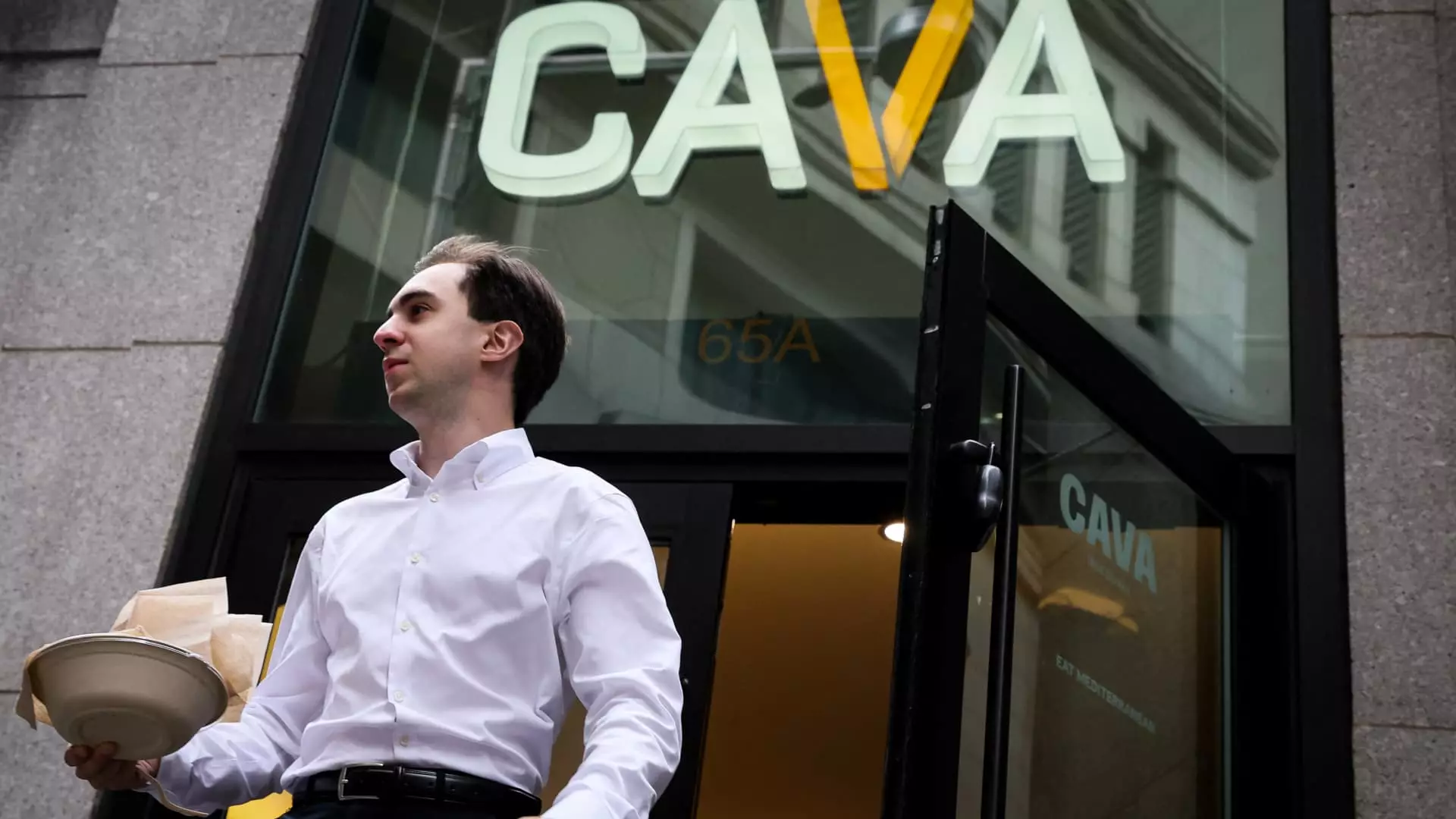In today’s tumultuous economic climate, where consumer confidence ebbs and flows unpredictably, the restaurant industry finds itself at a crossroads. Traditional methods of attracting diners—discounts, special promotions, and flashy advertising—are no longer sufficient. Instead, a more nuanced, strategic tool has emerged as a lifeline: loyalty programs. Once considered a mere supplementary feature, these systems have now become central to survival, especially for fast-casual brands seeking to maintain a foothold amid declining foot traffic.
Loyalty programs serve a critical function far beyond transactional incentives; they forge psychological bonds that cultivate habitual dining patterns. In periods of economic hardship, these bonds become even more vital. Customers, wary of spending beyond necessities, prioritize brands that reward their loyalty with perceived value. The shift from quick discounts to engagement-driven strategies signals a fundamental transformation in how restaurants view their customers—not just as fleeting patrons but as lifelong partners.
The Shift from Nice-to-Have to Must-Have
Data underscores a stark reality: dining out frequency has plummeted, with only one month—November—showing a slight uptick in traffic last year. As sales decline across the board, the strategic importance of loyalty programs cannot be overstated. Nearly half of restaurant brands report stagnant or falling sales, yet those with robust loyalty initiatives continue to report increased engagement and transaction volume.
Starbucks, with its sprawling rewards ecosystem serving over 34 million active members, exemplifies the power of such programs. Over half of its U.S. transactions originate from members, illustrating how deeply these systems influence consumer behavior. Similarly, brands like Potbelly and Chipotle leverage digital and loyalty-driven sales to cushion against the inevitable downturns during economic slumps. For Chipotle, membership accounts for roughly 30% of daily sales, an impressive feat that highlights how loyalty programs can be a financial firewall during tough times.
This trend isn’t solely about encouraging repeat visits—it’s about ingraining habits. When customers are rewarded not just with discounts but with a sense of belonging, they become more resistant to competitors’ temptations and economic uncertainties. The loyalty experience morphs from transactional to relational, fostering a sense of community that withstands economic storms.
Innovative Strategies and Bold Experimentation
What makes loyalty programs particularly compelling today is their capacity for innovation. No longer are brands relying on simple point accruals and basic redemption; they are increasingly deploying creative, engaging, and experiential initiatives designed to deepen emotional connections.
Cava’s revamped rewards system exemplifies this shift. Instead of offering generic discounts, it now allows members to redeem accumulated points for specific menu items or partake in limited-time in-app challenges. With over 7 million members, Cava’s approach of integrating surprises like free pita chips on national Pita Day demonstrates an understanding: customers crave moments of delight in their routine. The introduction of a tiered system promises to elevate engagement further, incentivizing frequent visits and richer interactions.
Similarly, Chipotle’s “Summer of Extras” campaign capitalizes on gamification, encouraging customers to visit more often in exchange for virtual prizes and chances to win free burritos. Such initiatives spark buzz on social media, amplifying brand loyalty through participation rather than mere discounts.
Meanwhile, chains like Sweetgreen are pivoting away from confusing subscription models, opting instead for straightforward loyalty initiatives that emphasize clear, meaningful benefits. The entire industry is recognizing that loyalty programs’ true power lies in creating memorable, personalized experiences—giving consumers a reason to choose their brand repeatedly amid an endless array of alternatives.
The Hidden Costs and Long-Term Risks
Despite their undeniable advantages, loyalty programs are not without pitfalls. The most glaring concern is profitability. Offering free items, bonuses, or extra points cuts into margins—an especially risky tradeoff when overall sales are declining. Restaurants are walking a fine line between rewarding loyalty and eroding profitability, especially as some programs rely heavily on discounts and promotional offers.
Moreover, the temptation to over-rely on temporary gimmicks can backfire. If customers perceive loyalty programs as merely promotional tools rather than genuine value propositions, trust erodes. The decrease in Starbucks’ reusable cup bonus, despite being a controversial move, exemplifies how brands are recalibrating their offerings to maintain sustainable engagement.
Finally, there’s the risk that loyalty programs become too complicated or impersonal, alienating customers instead of fostering genuine affinity. Simplification and authenticity must be the guiding principles for any successful program.
A Strategic Necessity—Not Just an Optional Edge
In essence, loyalty programs have become a central pillar of modern restaurant marketing, vital for navigating the economic headwinds that threaten the industry. They are no longer “nice-to-have” features but fundamental tools to foster resilience, build habits, and strengthen relationships. Brands that recognize and embrace the strategic potential of these programs—by innovating continuously and balancing incentives with authentic value—stand the best chance of not just surviving, but thriving in uncertain times. As diners become increasingly discerning and value-conscious, those who can craft compelling, engaging loyalty experiences will emerge as the true winners of the new dining landscape.


Leave a Reply